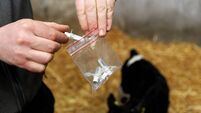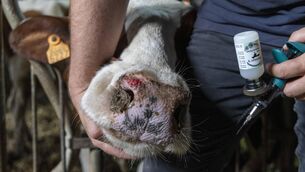For a high FCE, treat the rumen like a factory
To achieve these, we must provide each cow with the correct nutrients in a manner in which they can best utilise them.
A cow’s rumen is like a factory, with millions of microbes acting as the workforce (in a sense, we are feeding this workforce).










